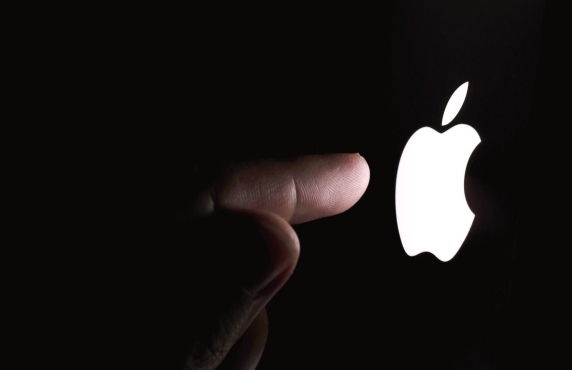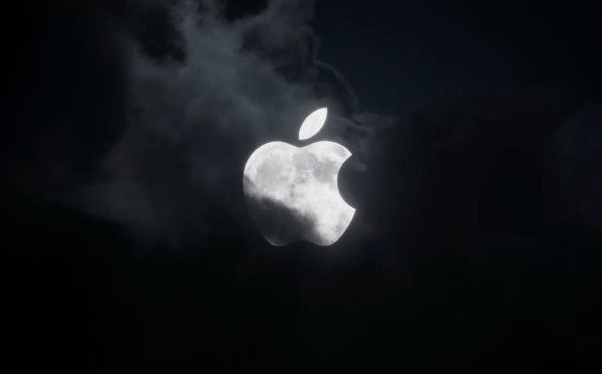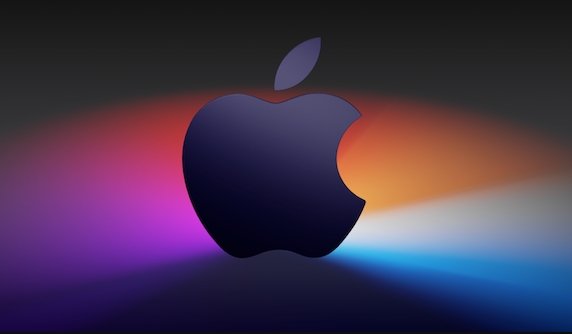To make the Mac Dock more convenient, you can customize from the following four aspects: 1. Resize and position: Enter the system settings to modify the Dock position to the left, right or bottom. It is recommended to select medium or large to adjust the size, and enable automatic hiding to save space; 2. Add or remove applications and folders: Drag the commonly used apps to the Dock, right-click to remove non-essential icons, and create the "Frequently Used Tools" folder to classify secondary applications; 3. Use separators to sort space: add blank separators to achieve visual classification and drag to adjust position; 4. Modify behavior and animation effects: Enable hovering and zooming function and adjust size, use terminal commands to speed up Mission Control animation, and use third-party tools to change window arrangement.

The Mac's Dock is one of the most commonly used features in daily use, but many people only use it as it defaults. In fact, you can customize it according to your habits and needs to make it easier. The key lies in "simplification, classification, and rapid access".

1. Resize and position
Dock is in the middle of the bottom of the screen by default, but can be adjusted to the position and size according to the usage scenario.
- If you work in full screen often, it may be more appropriate to put the Dock on the side. Click System Settings > Desktop & Screen Saver > Dock Position to select left, right, or bottom.
- The size can also be adjusted: go to System Settings > Desktop and Screen Saver > Dock size , drag the slider. It is recommended to select "Medium" or "Large", the icons are clear and do not take up too much space.
A small trick is to turn on "Auto Hidden Dock" to save screen space when not in use. Just check "Auto Hide and Show Dock".

2. Add or remove apps and folders
The core function of Dock is to quickly start common programs and don't turn it into a messy "trash can".
- It is very easy to add an app: open the "Applications" folder in Launchpad or Finder, and drag the App directly to the Dock.
- Removal is just as simple: Right-click the app icon you don't want to keep and select "Remove from Dock".
- You can create a "common tools" folder and put in less commonly used but occasionally used apps, such as disk tools, terminals, keychain, etc.
If you are using multiple monitors, note that the Dock will only display on the main monitor unless you turn on "Show on All Monitors".

3. Use "separator" to organize space
Dock does not have grouping functionality by default, but can be visually classified by adding "delimiters".
How to operate:
- Open Terminal and enter the following command:
defaults write com.apple.dock persistent-apps -array-add '{"tile-type"="spacer-tile";}' - Then restart Dock:
killall Dock
- This will add a blank partition at the end of the Dock, and you can drag and adjust the position.
You can add multiple separators to separate different categories of apps, such as "office software", "development tools", and "entertainment apps" with spaces to make them look cleaner.
4. Modify behavior and animation effects
Dock is not just a static display, but its behavior can also be more conveniently trained.
- Zoom in effect : Turn on "Zoom in hover" to make the icon bigger when the mouse passes by, making it easier to identify. At the same time, the enlarged size can be adjusted.
- Animation speed : Although macOS does not directly provide adjustment options, animation speed can be fine-tuned through terminal commands. For example:
defaults write com.apple.dock expose-animation-duration -float 0.1 killall Dock
This will make the animation faster when opening Mission Control.
There is another detail: If there are multiple windows when clicking the Dock icon, the thumbnail pops up by default. If you want to change to "cascading arrangement", you can use a third-party tool such as HyperDock to implement it.
Basically that's it. Custom Docks are not complicated, but they are easily overlooked. Taking a few minutes to adjust will make it easier for you to use your Mac every day.
The above is the detailed content of How to customize the Dock on Mac. For more information, please follow other related articles on the PHP Chinese website!

Hot AI Tools

Undress AI Tool
Undress images for free

Undresser.AI Undress
AI-powered app for creating realistic nude photos

AI Clothes Remover
Online AI tool for removing clothes from photos.

Clothoff.io
AI clothes remover

Video Face Swap
Swap faces in any video effortlessly with our completely free AI face swap tool!

Hot Article

Hot Tools

Notepad++7.3.1
Easy-to-use and free code editor

SublimeText3 Chinese version
Chinese version, very easy to use

Zend Studio 13.0.1
Powerful PHP integrated development environment

Dreamweaver CS6
Visual web development tools

SublimeText3 Mac version
God-level code editing software (SublimeText3)

Hot Topics
 Can I Show the Dock on All Screens on Mac? Using Dock on Different Displays in macOS
Jul 03, 2025 am 09:30 AM
Can I Show the Dock on All Screens on Mac? Using Dock on Different Displays in macOS
Jul 03, 2025 am 09:30 AM
If you're using a Mac with multiple monitors, you might be curious about how to display the Dock on all screens or whether it's possible to add a Dock to secondary displays.The good news is that you can configure the Dock to appear on any screen conn
 How to Play Fortnite on Mac with FnMacAssistant & Sideloadly
Jul 05, 2025 am 09:21 AM
How to Play Fortnite on Mac with FnMacAssistant & Sideloadly
Jul 05, 2025 am 09:21 AM
Fortnite is once again available for iPhone and iPad users, bringing joy to many gamers. However, there's still no official version for Mac (at least not yet). Despite that, Apple Silicon Mac owners aren’t completely out of luck—you can run the iOS/i
 How to Remove Old Devices from Apple ID on Mac
Jul 07, 2025 am 09:08 AM
How to Remove Old Devices from Apple ID on Mac
Jul 07, 2025 am 09:08 AM
If you've owned multiple Apple devices over the years, you might find yourself in a situation where some of those older Macs, iPhones, iPads, or other Apple hardware have been sold, given away, or traded. No matter how they left your possession, it's
 How to Enable iCloud Private Relay on Mac
Jul 05, 2025 am 09:36 AM
How to Enable iCloud Private Relay on Mac
Jul 05, 2025 am 09:36 AM
iCloud Private Relay is an excellent privacy feature included with the iCloud subscription, designed to safeguard your online activity and browsing by masking your IP address (using a temporary one) and encrypting DNS lookups. This prevents third pa
 How to Make MacOS Sequoia Feel Faster: Tips to Speed Up Slow MacOS
Jul 05, 2025 am 09:28 AM
How to Make MacOS Sequoia Feel Faster: Tips to Speed Up Slow MacOS
Jul 05, 2025 am 09:28 AM
macOS Sequoia is a solid operating system that brings some impressive features like iPhone Mirroring, and while performance is excellent for many users, not everyone experiences the same level of speed. If you're finding macOS Sequoia slower than pre
 How to See All Links Shared in Messages on iPhone & iPad
Jul 05, 2025 am 09:31 AM
How to See All Links Shared in Messages on iPhone & iPad
Jul 05, 2025 am 09:31 AM
If you frequently use iMessage, then you've likely shared numerous web links in your chats — maybe an article, a video, a tweet, a song, or anything else. Locating these links later can be quite frustrating, but thankfully there's a simpler method th
 How to Allow Apps During Downtime on Mac
Jul 04, 2025 am 09:03 AM
How to Allow Apps During Downtime on Mac
Jul 04, 2025 am 09:03 AM
Are you using Screen Time to manage your or your child’s Mac usage? If yes, you likely already know that it allows you to set app limits, schedule downtime on the Mac, and more. Additionally, you can also choose specific apps that remain accessible a
 Create a MacOS Tahoe 26 Beta VM with Three Commands in Terminal Using tart
Jul 06, 2025 am 09:28 AM
Create a MacOS Tahoe 26 Beta VM with Three Commands in Terminal Using tart
Jul 06, 2025 am 09:28 AM
Advanced Mac users familiar with the command line can swiftly set up a MacOS Tahoe 26 beta virtual machine by entering a few commands into Terminal, using tart. Tart is a command-line utility for managing virtual machines and offers one of the quicke






